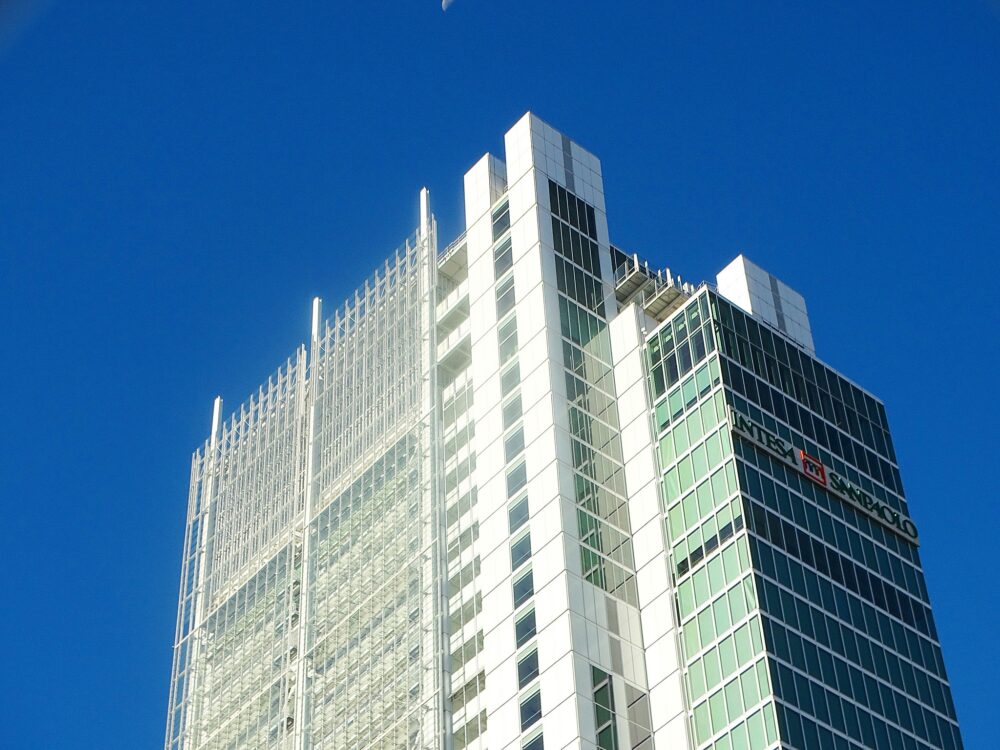Impact Investing
Intesa Sanpaolo Enters Radoff’s Capital
Intesa Sanpaolo acquired a 3.75% stake in Radoff, bolstering the scaleup’s mission to combat indoor air pollution and improve well-being. Radoff’s innovative, patented technology targets pollutants like radon and fine dust. The investment underscores Intesa’s support for sustainable, healthier lifestyles and its commitment to fostering startups through innovation and circular economy initiatives.

Intesa Sanpaolo enters the capital of Radoff, an Italian company specialized in IoT technologies for indoor air quality, with offices in Bologna, Romagna and Sardinia.
With an equity investment, Intesa Sanpaolo has now become a partner of the scaleup at 3.75%, thus supporting the growth of the PMI and its consolidation on the reference markets in Italy, Europe and North America by supporting the theme of health and technology at the service of people’s well-being.
Radoff was also supported by Intesa Sanpaolo Innovation Center
The investment confirms Intesa Sanpaolo’s support for Radoff’s development plans at the conclusion of the Convertibile Impresa, granted at the time to the innovative start-up that was already operating in a venture capital context and which provided for the possibility of increasing its share capital and the entry of new partners.
Furthermore, the operation denotes the bank’s attention to new healthier and more sustainable lifestyle models, which focus on people’s well-being in the home and work environment. Radoff was also supported by Intesa Sanpaolo Innovation Center, a group company dedicated to frontier innovation and a center of expertise on the circular economy, for an open innovation path with other Italian companies.
Radoff provides companies and institutions with an ecosystem of interconnected, customizable, easily scalable physical and digital tools that adapt to all types of buildings and different business needs. Since 2018, its mission has been to fight indoor pollutants (such as Radon, a grade 1 carcinogenic gas, the second leading cause of cancer in the world according to WHO data), strengthening awareness of the importance of air quality in everyday spaces, from schools to workplaces and even homes.
“We are convinced that whatever project we want to realize, whatever idea we have, whatever path we want to take, there is nothing we can do alone. For this reason, Intesa Sanpaolo’s investment is very significant for us because it contributes to the creation of a less polluted world where people’s health comes first, even in indoor spaces,” said Domenico Cassitta , CEO of Radoff.
“With this agreement, a journey that began a few years ago and continued in the name of collaboration comes to an end. Intesa Sanpaolo has recognized Radoff as a valuable ally also with regard to improving the working conditions of its employees and monitoring the air quality in its branches.”
The devices created by Radoff, however, fight indoor pollution at 360 degrees and offer effective action even against other pollutants such as fine dust : a great danger to health, responsible in Italy alone for about 70 thousand deaths per year. The technology created by Radoff is certified by ENEA (National Agency for New Technologies, Energy and Sustainable Economic Development) and is protected by 34 patents issued throughout the world.
“Intesa Sanpaolo has always been committed to supporting new projects and especially those with a high innovation content, of which Radoff is an example,” commented Pierluigi Monceri , Regional Director of Milan, Monza and Brianza Intesa Sanpaolo, “It is essential to support the growth of startups by facilitating their access to investors, client companies and banking products and services, an objective that the group also pursues through its Up2Stars valorization program . It is no coincidence that to date approximately 32% of startups and over 50% of innovative Italian SMEs have seized the opportunities, including non-financial ones, that we are able to offer.”
__
(Featured image by Jose A. CC BY 2.0 via Flickr)
DISCLAIMER: This article was written by a third party contributor and does not reflect the opinion of Born2Invest, its management, staff or its associates. Please review our disclaimer for more information.
This article may include forward-looking statements. These forward-looking statements generally are identified by the words “believe,” “project,” “estimate,” “become,” “plan,” “will,” and similar expressions. These forward-looking statements involve known and unknown risks as well as uncertainties, including those discussed in the following cautionary statements and elsewhere in this article and on this site. Although the Company may believe that its expectations are based on reasonable assumptions, the actual results that the Company may achieve may differ materially from any forward-looking statements, which reflect the opinions of the management of the Company only as of the date hereof. Additionally, please make sure to read these important disclosures.
First published in ESG NEWS. A third-party contributor translated and adapted the article from the original. In case of discrepancy, the original will prevail.
Although we made reasonable efforts to provide accurate translations, some parts may be incorrect. Born2Invest assumes no responsibility for errors, omissions or ambiguities in the translations provided on this website. Any person or entity relying on translated content does so at their own risk. Born2Invest is not responsible for losses caused by such reliance on the accuracy or reliability of translated information. If you wish to report an error or inaccuracy in the translation, we encourage you to contact us

-

 Crowdfunding1 week ago
Crowdfunding1 week agoCommunity Energies 2026: Funding Projects Combating Youth Loneliness
-

 Impact Investing2 weeks ago
Impact Investing2 weeks agoEU Expands Leadership in Sustainable Finance with Record Green Bond Impact
-

 Cannabis3 days ago
Cannabis3 days agoMedical Cannabis in Poland 2025: Growth, Stability, and Wider Access
-

 Impact Investing1 week ago
Impact Investing1 week agoEU End-of-Life Vehicles Rule Pushes Cars Toward a Circular Economy












